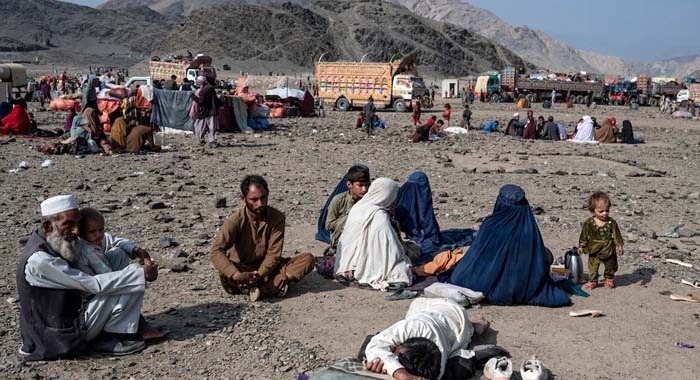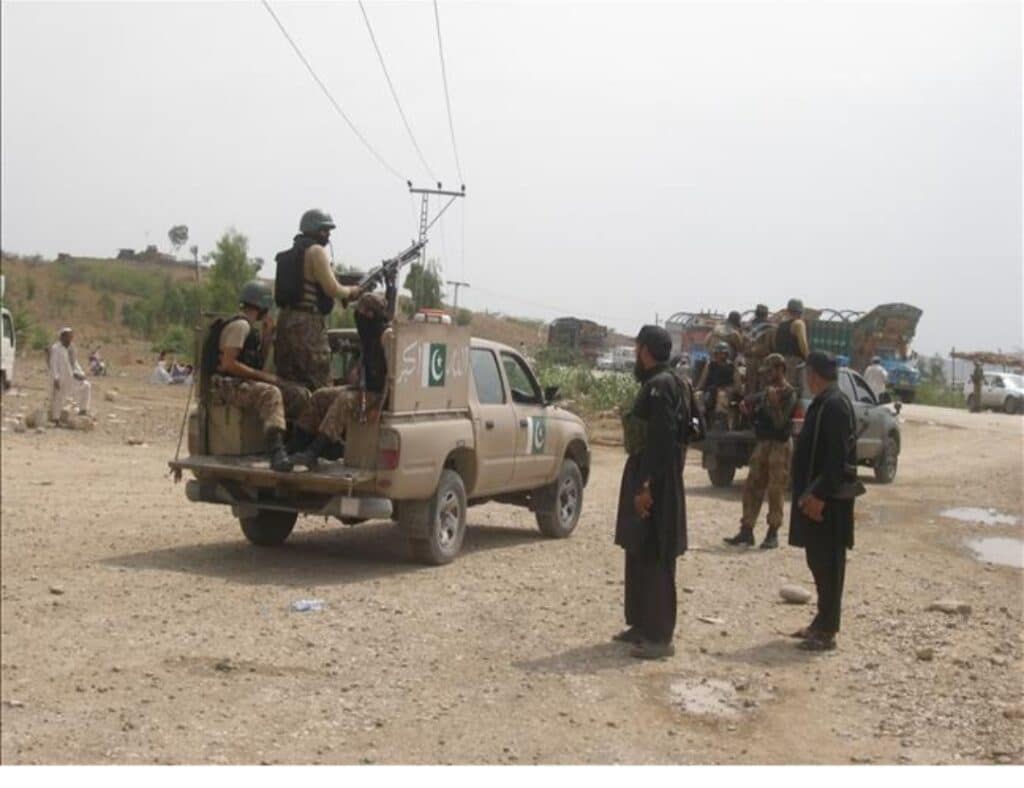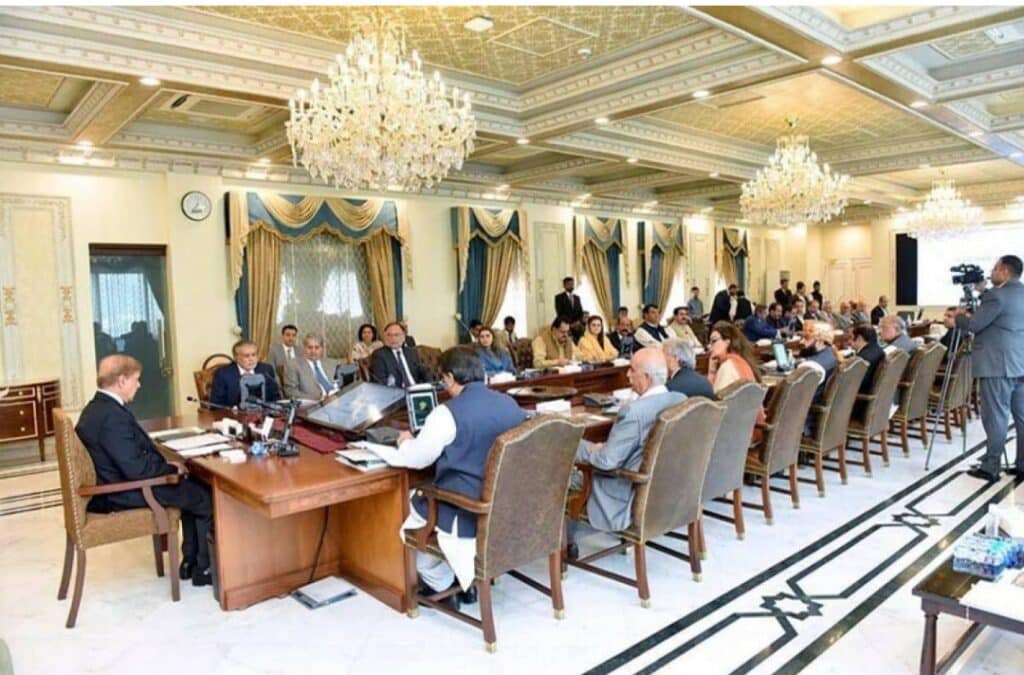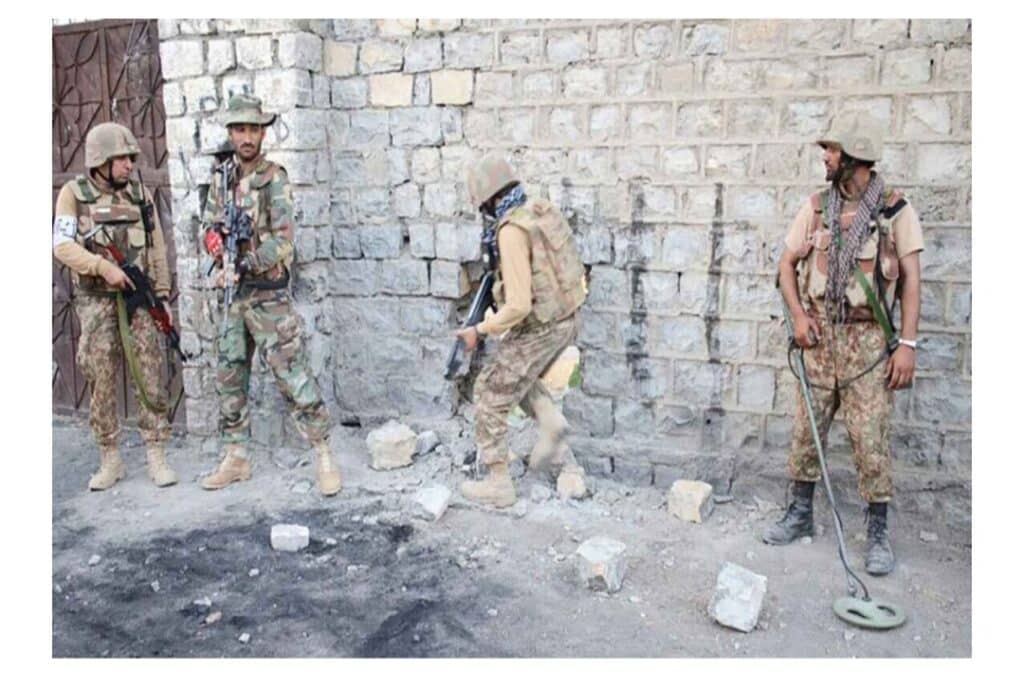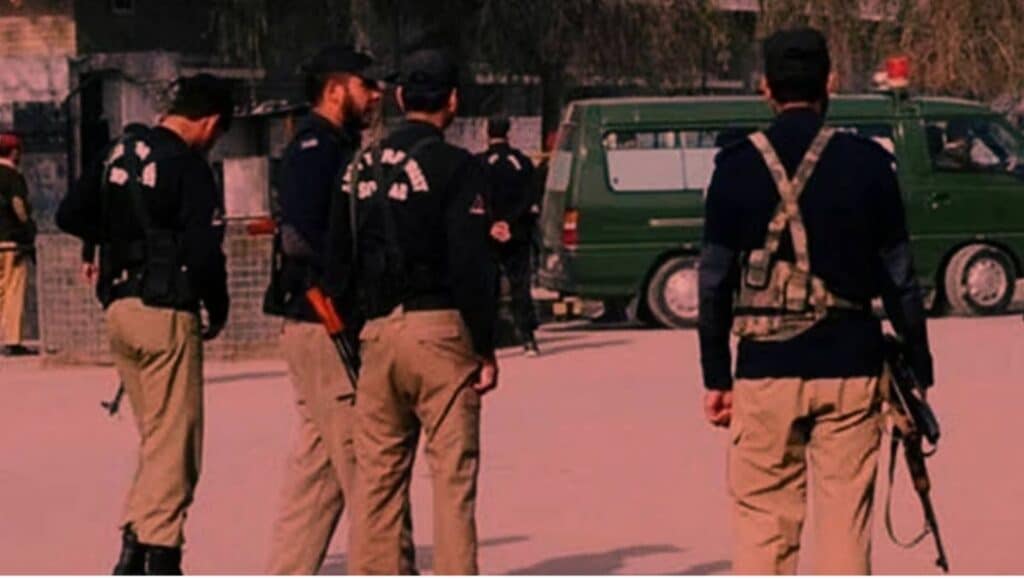Four years after the fall of Kabul, Afghanistan stands as a country deliberately dismantled by the Taliban a state transformed from fragile democracy into a graveyard of possibility. What was once a nation struggling toward progress has become one where fear, repression, and silence define everyday life.
When the Taliban seized power in August 2021, they promised stability and order. What followed was a campaign of systematic destruction: of institutions, of education, of women’s rights, and of a generation’s hope. The collapse of the Afghan Republic was not merely the end of a government it was the erasure of two decades of nation-building, the extinguishing of dreams that had once driven millions of young Afghans to believe in change.
In the years since their return, the Taliban have rebuilt Afghanistan into an authoritarian state where half the population is excluded from public life and the other half survives in despair. Over 70 decrees have targeted women and girls closing schools, banning higher education, and forbidding them from work or travel without a male guardian. These decrees are not temporary restrictions but instruments of domination, designed to erase women from visibility and society itself.
Education, once a cornerstone of post-2001 progress, has become a battlefield. Generations of young women who once filled classrooms now sit at home, their futures stolen. Universities once filled with ambition now stand half-empty, stripped of female faculty and students. Dreams of professional life have been replaced with the monotony of enforced dependence.
The Taliban’s governance is not restoration; it is regression. They have turned Afghanistan into what many describe as the most repressive country in the world for women and the most hopeless for its youth. The Taliban’s policies have devastated the economy, driving more than 90 percent of Afghans into poverty. The private sector has collapsed, international trade has withered, and sanctions though targeted have compounded economic paralysis. For ordinary Afghans, daily life now revolves around survival: food insecurity, joblessness, and rising child malnutrition are part of a deepening humanitarian crisis.
Aid flows continue to enter the country, but only to prevent mass starvation. Humanitarian relief has become Afghanistan’s life support enough to keep people alive, but never enough to allow them to live. Under Taliban rule, Afghanistan has been reduced to dependency, its future mortgaged to short-term aid and international fatigue.
The Taliban’s return to power has crushed the generation that once embodied Afghanistan’s greatest hope. The young people who grew up under the republic who learned to dream of progress, democracy, and leadership are now silenced. Schools and universities that once nurtured open thought have been turned into centers of indoctrination or emptied by decree.
Many of Afghanistan’s brightest minds have fled; those who remain face unemployment, censorship, or repression. The country’s youth are no longer building; they are surviving. The Taliban have weaponized despair ensuring that a generation once poised to lead is left voiceless and powerless.
The international community’s approach to Afghanistan has oscillated between isolation and cautious engagement, but both have failed to challenge the Taliban’s authoritarian project. While humanitarian aid prevents total collapse, it cannot repair what the regime is deliberately breaking. Afghanistan’s crisis is not simply economic it is political, moral, and generational.
The world faces a false choice: engage and risk legitimizing tyranny, or isolate and abandon a nation of 40 million. But in truth, both paths lead to failure if pursued without principle. Silence emboldens the Taliban; uncritical engagement strengthens them.
What is needed is principled conditionality a policy that ties every form of engagement to human rights, education access, and protection of civil society. Recognition is not necessary for dialogue, and dialogue should not mean endorsement. But ignoring Afghanistan only deepens the regime’s control.
Across the country, ordinary Afghans continue to resist often quietly, often at great risk. Women’s groups run secret schools. Underground teachers educate girls in basements. Civil society activists organize in exile, keeping alive the fragile hope that the world once promised. These acts of defiance are small, but they are the foundation of whatever future Afghanistan may still have.
Afghan youth have not disappeared; they have been silenced. Yet in that silence, they are still fighting teaching, creating, dreaming. What they need is not pity but partnership; not symbolic inclusion but genuine decision-making power in shaping their nation’s future.
The Taliban have destroyed Afghanistan’s democratic foundations and replaced them with an ideology that glorifies control over progress. But even now, Afghanistan’s story is not over. The world can choose to act not by legitimizing the Taliban, but by empowering the Afghans they seek to erase.
Supporting underground education, funding independent media, protecting human rights defenders, and amplifying Afghan voices in global policymaking are not acts of charity. They are acts of justice and of strategy. A stable, inclusive Afghanistan will never be born from repression. It can only emerge through the empowerment of those now being silenced.The Taliban’s rule has turned Afghanistan into a country without a future a nation living under the shadow of fear and erasure. But the greater tragedy lies in the world’s quiet acceptance of that reality.
If global powers continue to treat Afghanistan as a humanitarian burden rather than a political crisis, they will be complicit in the destruction of an entire generation. The Taliban may have seized Afghanistan, but it is the world’s indifference that allows them to keep it.Afghanistan has not simply fallen. It has been deliberately broken by those who rule it and by those who have chosen to look away.

